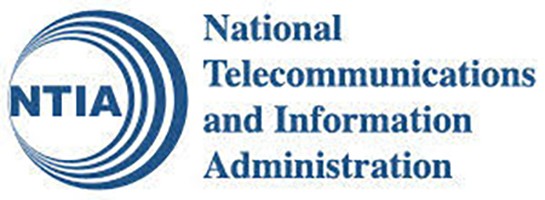In a letter made public late Friday, the point person for all federal agency use of frequencies told commercial spectrum regulators his agency could not support approval of Ligado Networks’ request to use satellite frequencies for a terrestrial wireless network. Tests have shown that the proposal poses an interference risk to GPS receivers.
“The assessment of the potential impacts of the Ligado proposals has been thorough. Based on these assessments, federal agencies have significant concerns regarding the impact to their missions, national security and the U.S. economy,” wrote Douglas Kinkoph, acting deputy Assistant secretary for communications and information at the National Telecommunications and Information Administration (NTIA). “Despite the considerable efforts to find a satisfactory solution, the NTIA, on behalf of the executive branch, is unable to recommend the Commission’s approval of the Ligado applications.”
The Dec. 6 letter was send to Ajit Pai, chairman of the Federal Communications Commission (FCC).
“I’m glad that the letter came out. I think it’s a strong letter. I only regret that it is late and I wish they had seen fit to do it earlier,” said Brad Parkinson, co-director of the Stanford Center for Position, Navigation and Time (PNT) and the first vice chair of the nation’s panel of leading GPS experts, the National Space-Based PNT Advisory Board.
This is at least the second time the NTIA has weighed in on a proposal to allow other uses for the frequencies neighboring the GPS band. In 2012 the FCC put on hold a similar proposal by Ligado’s predecessor firm after the NTIA weighed in. That firm, called LightSquared, filed bankruptcy shortly thereafter, emerging a few years later as Ligado. Ligado proposed a more limited plan but the GPS community still considered it an interference risk.
“It is important that the NTIA finally communicated its views on Ligado’s mid-band spectrum plan to the FCC,” said Ligado Networks CEO Doug Smith in a statement. “What’s appalling is that it took so long for NTIA to do nothing but regurgitate information which has already been sitting before the FCC for years and attempt to redefine harmful interference.
“This latest letter is nothing but a cut-and-paste of the same false claims about the DOT adjacent-band study premised on 1 dB that opponents of Ligado have been making for years and trying, unsuccessfully, to convince the FCC to adopt,” Smith said, referring to a one-decibel (1 dB) decrease in the carrier-to-noise power density ratio.
The 1 dB measure has long been the internationally accepted measure for GPS interference.
Ligado has been touting its plan as offering an important addition to the spectrum available for 5G.
“While NTIA continues to look for opportunities to make additional spectrum available to support commercial services, including 5G, the considerations and implications in each such instance are unique. Other important national interests must also be considered in order to arrive at the best outcome for the country,” Kinkoph said. He described some 2,000 megahertz of spectrum that is available for communications. “As a result, an inability to deploy terrestrial 5G or relate services using the frequencies involved in the Ligado applications will not hold back the timely deployment of 5G across the United States.”
“I think the most interesting aspect of that letter was pointing out how much 5G spectrum has been made available,” said Parkinson. “So the argument that this particular small piece somehow should carry some inordinate weight doesn’t make any sense to me.”
“With this latest submission, no one can argue that the record is not complete and so the time to make a decision is now,” Smith said. “The final step is for the FCC to determine whether this tired and old information requires any change to its proposed resolution and then move forward to a decision.”





